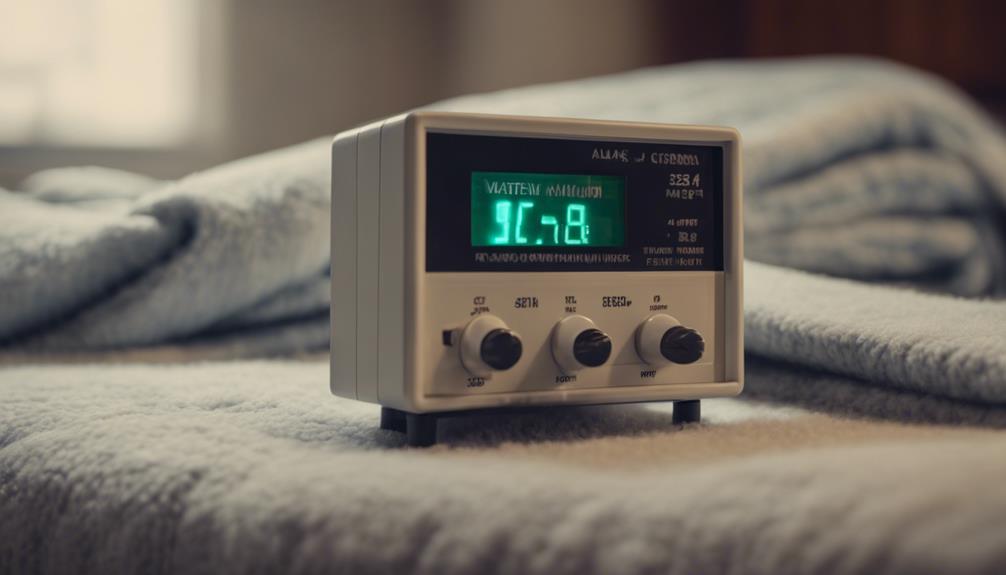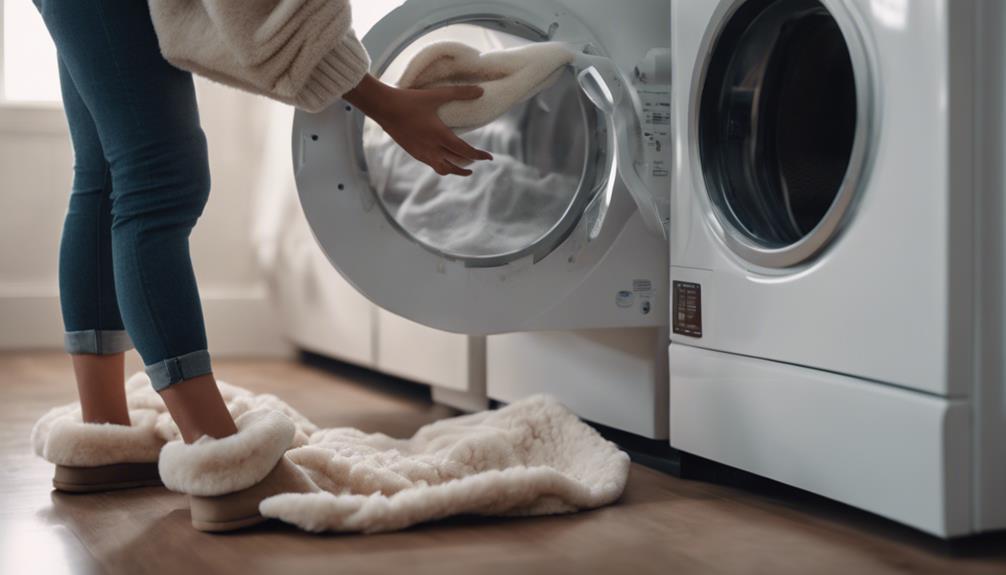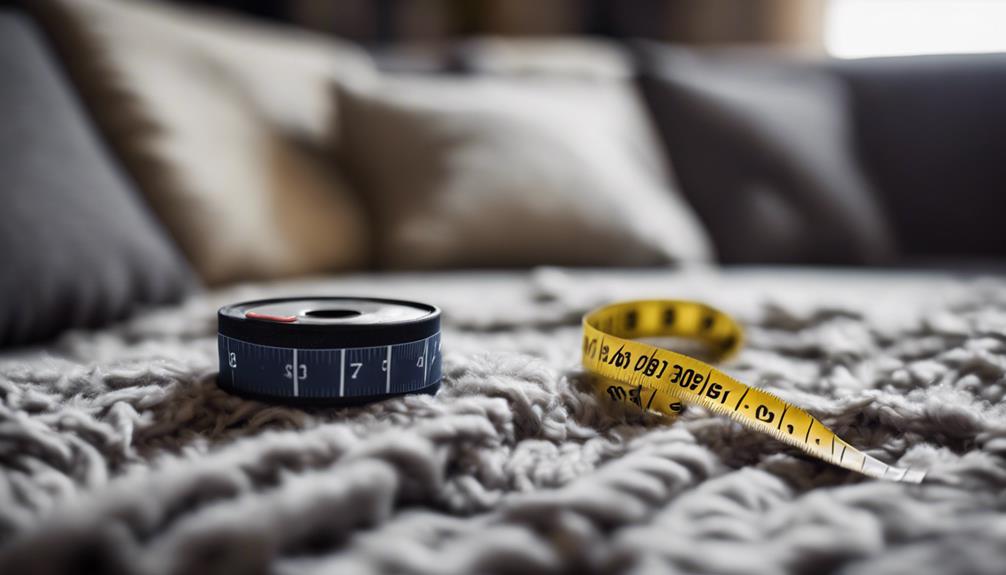Electric throws typically use between 60 to 100 watts, striking a balance between effective heating and reasonable power usage for a comfortable environment. Lower settings help to manage energy consumption, making them cost-effective and energy-efficient options. Factors such as size and heating capacity influence wattage, with smaller throws using around 50 watts on low settings, while larger ones can reach up to 100 watts on high settings. By adjusting settings for optimal warmth and energy efficiency, these throws provide localized heat without excessive energy demands. Understanding wattage considerations can lead to significant savings on electricity bills. Learn more about maximizing efficiency in heating solutions.
Key Takeaways
- Electric throws typically use 60 to 100 watts for efficient heating.
- Lower wattage settings reduce energy consumption while maintaining warmth.
- Running for 8 hours costs about 15 to 25 cents per day.
- Adjusting settings optimizes energy efficiency based on personal comfort.
- Energy-efficient design offers warmth with minimal power usage.
Average Wattage of Electric Throws
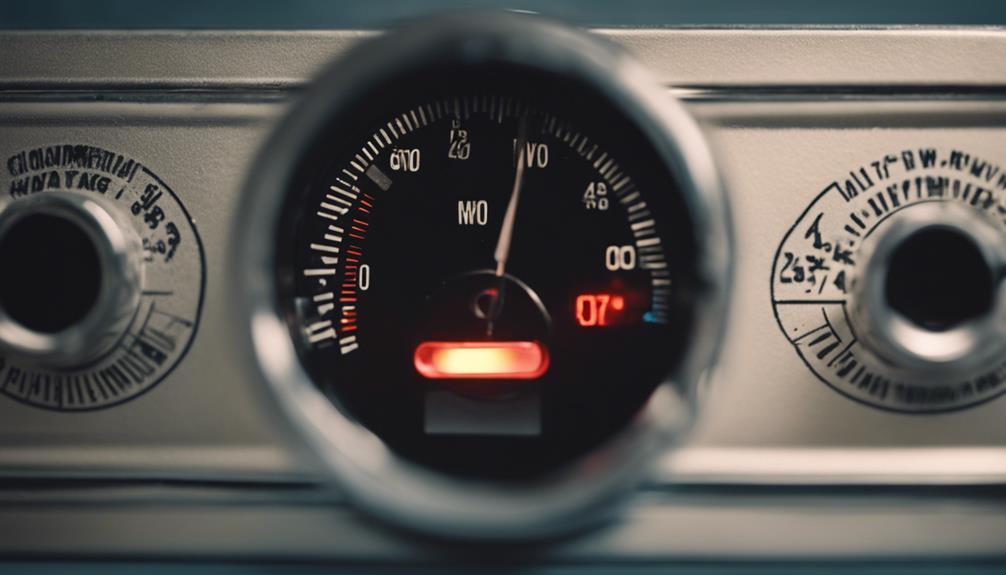
When considering electric throws, their average wattage typically ranges from 60 to 100 watts, making them an important choice for heating. This range of blankets wattage allows for effective heating while keeping power consumption at a reasonable level.
By utilizing lower settings on the electric throw, one can further reduce energy consumption, especially during periods of mild weather. This not only helps in maintaining a comfortable environment but also contributes to savings on the electricity bill.
Monitoring wattage levels is essential in managing energy usage efficiently. By being mindful of the power consumption of the electric blanket, one can make informed decisions to optimize comfort levels without unnecessary energy wastage.
It's worth noting that using an electric throw for a few hours a day can lead to lower power consumption compared to traditional room heating methods, making them a cost-effective and energy-efficient solution for staying warm.
Factors Influencing Electric Throw Wattage
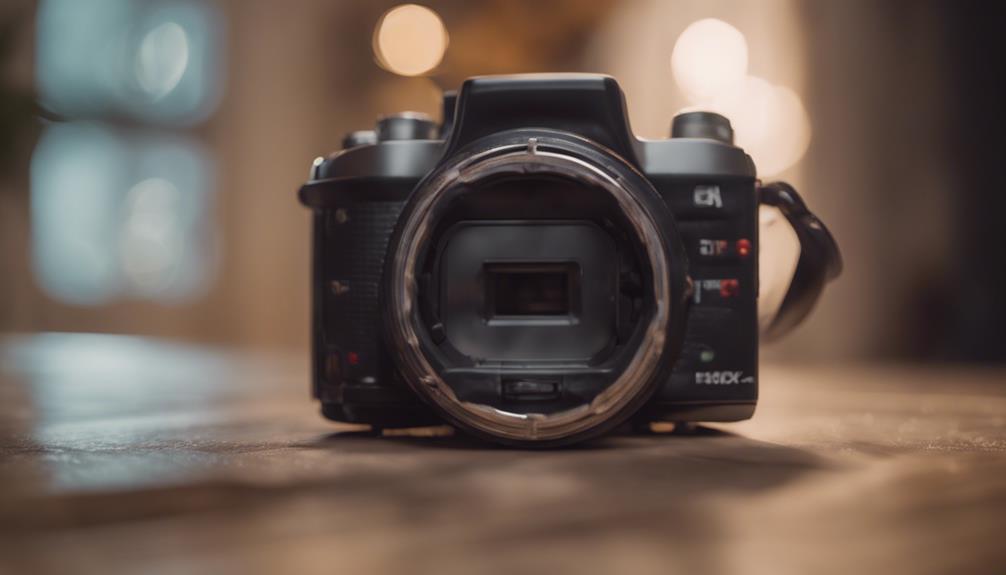
Exploring the various factors that influence the wattage of electric throw blankets sheds light on their energy efficiency and heating capabilities.
The wattage of electric throw blankets, typically ranging from 50 to 100 watts, depends on the size and heating capacity of the blanket. Smaller throws may consume around 50 watts on low settings, while larger ones can reach up to 100 watts on high settings.
Understanding the wattage aids in estimating energy costs and managing usage efficiently. Lower wattage options are great for personal warmth, while higher wattage blankets are ideal for heating larger areas.
To optimize energy consumption, consider utilizing timers and adjusting settings based on your needs. These practices can help you make the most of your electric throw while keeping energy costs in check.
Power Consumption of Electric Throws
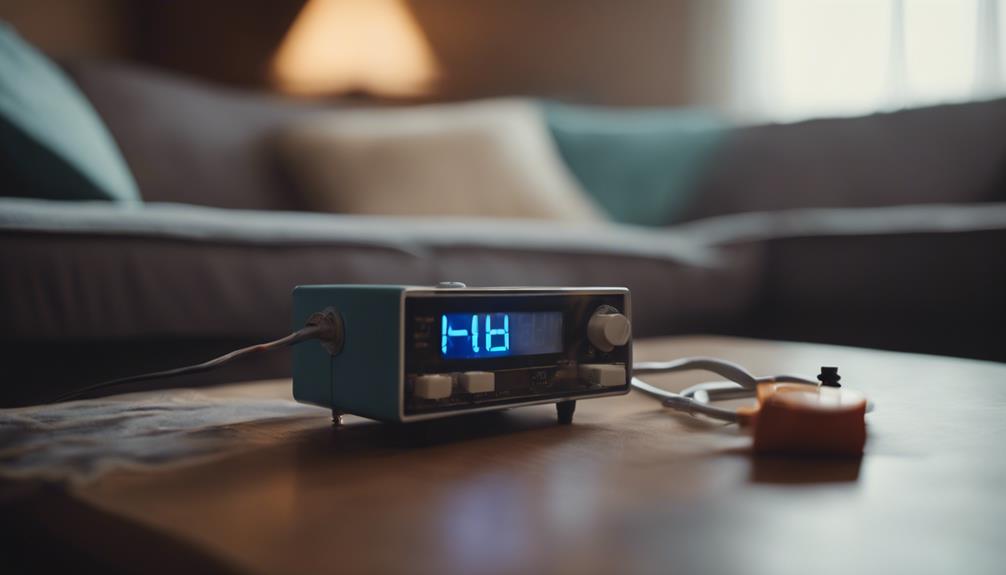
Electric throws typically consume between 60 to 100 watts of power, varying across different models.
Understanding the electricity consumption of your electric throw is essential for effective cost management. By using lower settings on your electric throw, you can efficiently manage power usage. For instance, running an electric throw for 8 hours a night may only cost around 15 to 25 cents per day, depending on your wattage.
To further control expenses, consider monitoring your usage patterns and selecting energy-efficient settings when using your electric throw. This proactive approach can help in reducing energy consumption levels and ultimately lead to cost savings.
When it comes to the power consumption of your electric throw, being mindful of wattage and implementing energy-efficient practices can make a noticeable difference in your electricity bills.
Energy Efficiency of Electric Throws
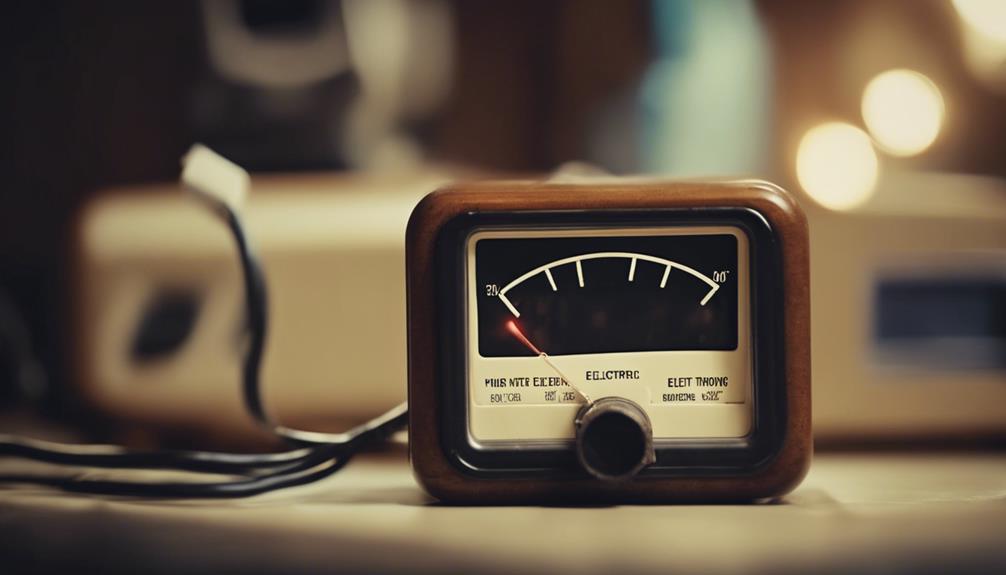
Discussing the energy efficiency of electric throws reveals how their design optimizes warmth with minimal power consumption, benefiting both comfort and cost-effectiveness. When considering electric throws, here are some key points to keep in mind:
- Electric throws typically use around 60 to 100 watts of power, making them energy-efficient.
- Lower wattage consumption compared to larger electric blankets allows for cost-effective use.
- Electric throws provide localized warmth without high energy consumption.
- Energy-efficient design of electric throws guarantees comfortable warmth without excessive power usage.
- Choosing an electric throw with adjustable settings can help optimize energy efficiency based on personal warmth preferences.
Understanding these aspects of energy efficiency in electric throws can help users make informed decisions about their comfort and power usage. By selecting a throw that balances warmth and energy consumption effectively, individuals can enjoy cozy comfort without worrying about excessive electricity bills.
Tips for Optimal Electric Throw Use

For best results when using an electric throw, consider adjusting the settings for peak warmth and energy efficiency. Electric throws typically consume around 50 to 100 watts of electricity, making them an energy-efficient option for staying warm.
By selecting lower wattage settings, you can still enjoy sufficient warmth while conserving energy. Utilizing features like programmable settings or timers can help you effectively manage energy consumption, ensuring that your electric throw operates efficiently.
These throws are designed to provide localized warmth, focusing on your comfort without requiring high energy demands. Understanding the wattage of your electric throw is key to maximizing its usage for both comfort and energy efficiency.
Frequently Asked Questions
How Many Watts Does an Electric Throw Blanket Use?
We've got the scoop on electric throw blankets! They typically use 60 to 100 watts, striking a balance between warmth and energy efficiency.
The lower wattage compared to larger blankets saves costs and heats efficiently. Designed for personal comfort, using them for shorter periods reduces energy consumption.
These cozy blankets are great for targeting specific areas and offer a cost-effective heating solution. Stay warm and save energy with an electric throw blanket!
Do Heated Throws Use a Lot of Electricity?
Heated throws are efficient in electricity consumption, especially when used on lower settings. They typically use around 100 to 150 watts of power, but on low settings, energy usage can be as low as 50-100 watts.
How Long Will a Jackery 500 Run an Electric Blanket?
We can estimate an electric blanket's runtime on the Jackery 500 by multiplying the capacity (Wh) by 0.85 and dividing by the operating wattage. This calculation helps us gauge how long the Jackery 500 can power the blanket.
It's important to know the operating wattage of the electric blanket for efficient use with the Jackery 500. Understanding these power dynamics guarantees top performance and usage duration.
How Much Power Does a 12V Electric Blanket Draw?
When it comes to power consumption, a 12V electric blanket typically draws around 35-45 watts. This low wattage makes these blankets suitable for use in vehicles, boats, and RVs without excessively draining the battery.
They offer a convenient and energy-efficient way to stay warm on the go, ideal for cold weather outings or camping trips. So, if you're wondering about power usage, you can count on these blankets to provide warmth without breaking the bank.
What Is the Average Wattage for Electric Throws?
When it comes to electric throw wattage explained, the average wattage for electric throws typically ranges from 50 to 130 watts. This wattage determines how quickly the throw can heat up and maintain a comfortable temperature. It’s important to consider the wattage when choosing the right electric throw for your needs.
Conclusion
To summarize, the average wattage of an electric throw can vary depending on factors such as size and settings. Understanding the power consumption and energy efficiency of electric throws is crucial to maximizing their use.
By following our tips for efficient electric throw use, you can guarantee effective and cost-effective heating during those chilly nights. Stay warm, save energy, and enjoy the cozy comfort of your electric throw!
